Home>Furniture & Design>Outdoor Furniture>How To Make Outdoor Furniture Covers
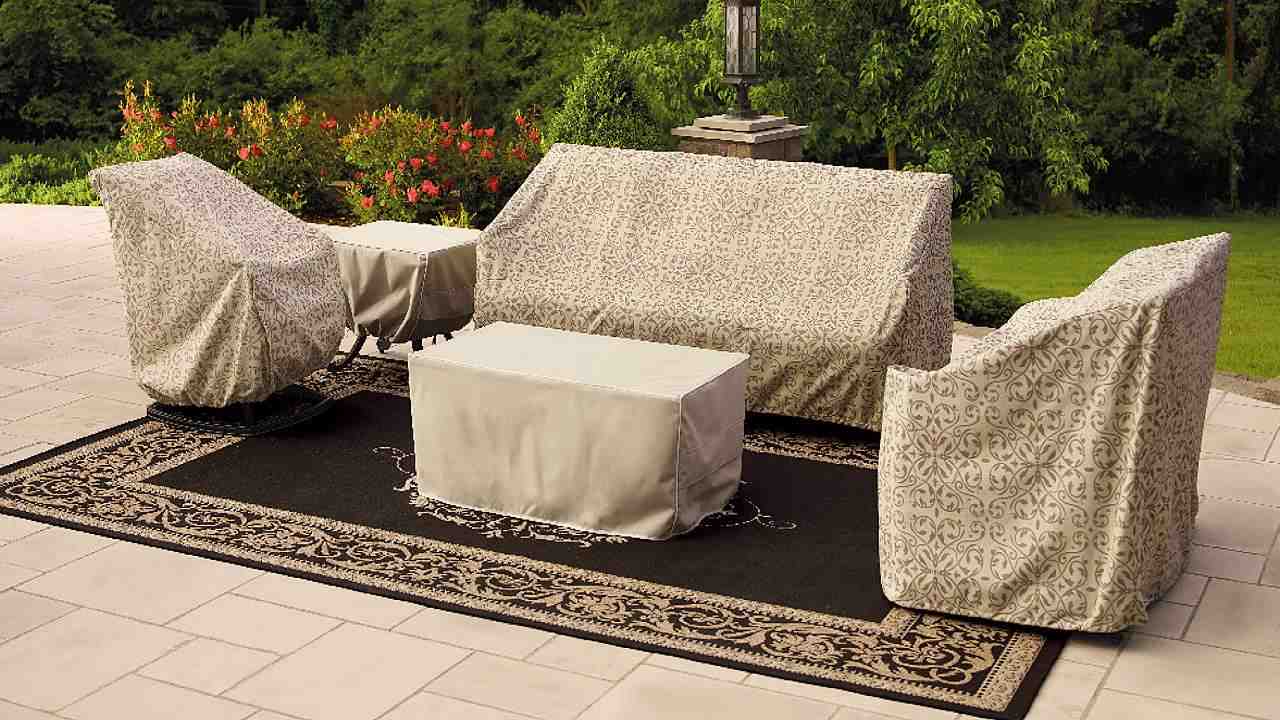

Outdoor Furniture
How To Make Outdoor Furniture Covers
Modified: January 20, 2024
Learn how to protect your outdoor furniture with custom covers. Get tips on design and maintenance for long-lasting protection. Outdoor-furniture-furniture-and-design experts share their insights.
(Many of the links in this article redirect to a specific reviewed product. Your purchase of these products through affiliate links helps to generate commission for Storables.com, at no extra cost. Learn more)
Introduction
When it comes to outdoor furniture, protecting it from the elements is essential for maintaining its longevity and aesthetic appeal. One effective way to safeguard your outdoor furniture from sun, rain, and dust is by using custom-made covers. Crafting your own outdoor furniture covers not only allows you to personalize the design but also ensures a perfect fit for each piece. In this comprehensive guide, we will explore the step-by-step process of creating tailored covers for your outdoor furniture. From choosing the right fabric to adding the finishing touches, you will learn how to make durable, weather-resistant covers that complement your outdoor living space. Let's embark on this creative journey to protect and enhance your outdoor furniture with custom covers.
Key Takeaways:
- Protect your outdoor furniture by crafting custom covers using durable, weather-resistant fabrics. Consider the climate, breathability, and design to ensure both functionality and visual harmony with your outdoor environment.
- Infuse your outdoor furniture covers with personal style and creativity. From precise measurements to sewing and adding fasteners, embrace the opportunity to preserve and enhance your outdoor living space with tailored, protective layers.
Read more: How To Secure Outdoor Furniture Covers
Choosing the Right Fabric
When selecting fabric for outdoor furniture covers, it is crucial to opt for materials that can withstand various weather conditions. Look for fabrics labeled as “outdoor” or “all-weather” as they are specifically designed to endure exposure to sunlight, moisture, and temperature fluctuations. Some popular choices include polyester, vinyl, canvas, and solution-dyed acrylic fabrics such as Sunbrella, known for their durability and fade-resistant properties.
Consider the specific climate in your area when choosing the fabric. If you experience frequent rain, a waterproof or water-resistant fabric is essential to prevent moisture from seeping through the cover. For regions with intense sunlight, UV-resistant fabrics are ideal for protecting the furniture from fading and deterioration caused by prolonged sun exposure.
Another important factor to consider is breathability. While it is crucial to shield the furniture from moisture, breathable fabrics allow air circulation, preventing the formation of mold and mildew. Additionally, opt for fabrics that are easy to clean and maintain, as outdoor furniture covers are exposed to dirt, pollen, and other outdoor debris.
When it comes to color and design, choose a fabric that complements your outdoor decor and personal style. Whether you prefer solid colors, patterns, or textures, there is a wide range of fabric options to suit your aesthetic preferences. Keep in mind that darker colors may absorb more heat, while lighter colors may show dirt more visibly. Ultimately, the chosen fabric should not only offer practical protection but also enhance the visual appeal of your outdoor space.
By carefully considering these factors, you can select the most suitable fabric for your outdoor furniture covers, ensuring both functionality and visual harmony with your outdoor environment.
Measuring Your Furniture
Accurate measurements are the foundation of well-fitted outdoor furniture covers. Before embarking on the cover-making process, take precise measurements of each piece of furniture you intend to cover. Begin by measuring the length, width, and height of the furniture, ensuring to account for any protruding elements such as armrests, legs, or decorative features.
When measuring the length and width, use a flexible tailor’s tape measure for curved or irregularly shaped furniture, and a standard tape measure for straight-edged pieces. For furniture with complex shapes, such as curved sectionals or irregularly shaped tables, consider creating a template using lightweight craft paper or fabric to capture the exact contours of the furniture.
When measuring the height, start from the highest point of the furniture, such as the top of the backrest or the tabletop surface, and extend the measurement to the lowest point, which may be the ground or the bottom edges of the furniture. Be mindful of any additional height needed to accommodate cushions or decorative elements that may be present when the furniture is in use.
It is essential to measure each piece individually, even if the furniture items are part of a set, as dimensions may vary slightly between pieces. Additionally, consider any accessories or add-ons that may be present, such as umbrella poles or attached side tables, and include them in the measurements if they are to be covered as well.
By meticulously measuring your outdoor furniture, you will ensure that the covers fit snugly, providing optimal protection while maintaining a tailored and polished appearance. These accurate measurements will serve as the blueprint for crafting custom covers that not only shield your furniture from the elements but also elevate the overall aesthetic of your outdoor space.
Designing the Cover
Once you have obtained precise measurements of your outdoor furniture, it’s time to delve into the creative process of designing the covers. Whether you prefer a simple, minimalist look or desire covers that complement your outdoor decor, there are various design elements to consider when crafting your custom covers.
First, decide on the style of the covers. Do you envision a streamlined, fitted look, or do you prefer a more relaxed, draped appearance? The style of the covers can be tailored to match the overall aesthetic of your outdoor space, whether it’s modern and sleek or rustic and cozy.
Next, consider the closure method. Will the covers feature zippers, Velcro straps, ties, or elastic hems for securing them to the furniture? Each closure option offers distinct advantages in terms of ease of use, security, and aesthetics. For example, zippers provide a secure closure and a streamlined look, while ties or straps allow for adjustability and a charming, rustic appeal.
Furthermore, think about additional design elements such as reinforced seams, vents for air circulation, and pockets for storing small accessories or weights to anchor the covers in windy conditions. These details not only enhance the functionality of the covers but also contribute to their overall visual appeal.
When selecting the fabric for the covers, consider the color, pattern, and texture that will harmonize with your outdoor environment. Whether you opt for a cohesive color scheme that blends seamlessly with the surroundings or choose bold patterns to make a statement, the fabric selection plays a pivotal role in the overall design of the covers.
By carefully considering these design elements, you can create custom covers that not only provide optimal protection for your outdoor furniture but also contribute to the visual cohesiveness and style of your outdoor living space. The design process allows for personalization and creativity, ensuring that the covers not only serve a practical purpose but also become an integral part of your outdoor decor.
When making outdoor furniture covers, use durable, waterproof fabric to protect against the elements. Ensure the covers are properly fitted to the furniture to prevent water and debris from getting inside.
Sewing the Cover
With the design finalized, it’s time to bring your custom outdoor furniture covers to life through the art of sewing. Whether you are an experienced seamstress or a novice with a passion for crafting, sewing the covers allows you to transform your chosen fabric into tailored, protective layers for your outdoor furniture.
Begin by laying out the fabric on a clean, flat surface, ensuring that it is free from wrinkles or creases. Using the measurements obtained earlier, mark the dimensions of the covers onto the fabric using tailor’s chalk or fabric markers. If you created templates during the measuring phase, use them as a guide to trace the outlines onto the fabric.
Next, carefully cut along the marked lines, ensuring precision to achieve clean edges and a proper fit for each cover. If the covers require multiple fabric panels, such as those for sectional sofas or oversized furniture, label each panel to avoid confusion during the assembly process.
Once the fabric pieces are cut, it’s time to sew them together. Select a durable thread that complements the fabric and matches the overall aesthetic of the covers. If using a sewing machine, choose a suitable needle designed for the fabric type, such as a heavy-duty needle for canvas or a ballpoint needle for knit fabrics.
When sewing the panels together, use a straight stitch or a suitable seam style for the fabric’s thickness and stretch. Reinforce the seams at stress points, such as corners and edges, to ensure the covers withstand regular use and environmental conditions. If sewing by hand, employ sturdy, even stitches to secure the panels together and create strong, durable seams.
As the covers take shape, periodically fit them over the respective furniture pieces to check the accuracy of the fit and make any necessary adjustments. This iterative process ensures that the covers align with the furniture’s contours and dimensions, providing a snug and tailored appearance.
By skillfully sewing the fabric panels together, you are not only constructing protective covers but also infusing them with quality craftsmanship and attention to detail. The sewing process allows you to merge functionality with artistry, resulting in custom covers that reflect your dedication to preserving and enhancing your outdoor living space.
Read more: How To Clean Outdoor Furniture Covers
Adding Fasteners
Once the covers are sewn together, adding fasteners is a crucial step in ensuring a secure and customized fit for your outdoor furniture. Fasteners not only keep the covers in place during windy conditions but also contribute to the overall aesthetic and functionality of the protective layers.
One popular option for fastening outdoor furniture covers is the use of Velcro straps. Sewing Velcro strips onto the covers allows for adjustable and snug closure, accommodating variations in furniture dimensions and shapes. Additionally, Velcro straps provide ease of installation and removal, making it convenient to maintain and store the covers when not in use.
Another effective fastening method is the incorporation of ties or drawstrings. By sewing fabric ties or adding drawstrings along the edges or corners of the covers, you can secure them tightly around the furniture, preventing shifting or flapping in windy conditions. This approach offers a charming, rustic touch while ensuring that the covers remain firmly in place.
For a sleek and streamlined closure, consider incorporating zippers into the design of the covers. Sewing durable, weather-resistant zippers along the edges or seams allows for a secure and tailored fit, providing a polished look while facilitating effortless installation and removal of the covers.
When adding fasteners, consider the specific needs of each furniture piece. For example, larger covers for patio tables or sectional sofas may benefit from a combination of fastening methods, such as ties at the corners and Velcro straps along the edges, to ensure comprehensive coverage and stability.
Additionally, if your outdoor space is prone to strong winds, consider adding weighted pockets or hem weights to the covers. Sewing small pockets and inserting weights, such as sandbags or metal discs, helps anchor the covers, preventing them from being lifted or displaced by gusts of wind.
By thoughtfully incorporating fasteners into the design of your custom outdoor furniture covers, you are enhancing their functionality and resilience while customizing the closure method to suit the specific requirements of each furniture piece. These fastening elements not only contribute to the practicality of the covers but also add a personalized touch, ensuring that your outdoor furniture remains protected and visually appealing in any weather conditions.
Conclusion
Crafting custom covers for your outdoor furniture is a rewarding endeavor that combines practicality, creativity, and personalization. By following the step-by-step process outlined in this guide, you have gained the knowledge and skills to protect your outdoor furniture while adding a touch of style to your outdoor living space.
Choosing the right fabric sets the foundation for durable and weather-resistant covers. Consideration of factors such as fabric type, weather exposure, and breathability ensures that the selected material effectively shields your furniture from the elements while enhancing your outdoor decor.
Accurate measurements form the cornerstone of well-fitted covers. By meticulously measuring each piece of furniture and considering its unique features, you have laid the groundwork for creating tailored covers that provide optimal protection and a polished appearance.
The design phase allows for personalization and creativity, enabling you to tailor the style, closure method, and fabric selection to complement your outdoor environment. Whether you opt for a streamlined, modern look or a relaxed, rustic charm, the design process empowers you to infuse your covers with your unique aesthetic preferences.
Through the art of sewing, you have transformed your chosen fabric into custom covers that embody quality craftsmanship and attention to detail. The sewing process not only ensures durable and well-constructed covers but also allows you to merge functionality with artistry, resulting in protective layers that reflect your dedication to preserving and enhancing your outdoor living space.
Finally, by adding fasteners, you have tailored the closure method to suit the specific needs of each furniture piece, ensuring a secure and customized fit. Whether you opt for Velcro straps, ties, drawstrings, zippers, or weighted pockets, the incorporation of fasteners enhances the functionality and resilience of the covers while adding a personalized touch to your outdoor furniture protection strategy.
With your custom outdoor furniture covers in place, you can enjoy peace of mind knowing that your cherished outdoor furniture is shielded from the elements, maintaining its beauty and longevity for years to come. Embrace the opportunity to infuse your outdoor space with your unique style and craftsmanship, creating a welcoming and well-protected environment for relaxation and enjoyment.
Frequently Asked Questions about How To Make Outdoor Furniture Covers
Was this page helpful?
At Storables.com, we guarantee accurate and reliable information. Our content, validated by Expert Board Contributors, is crafted following stringent Editorial Policies. We're committed to providing you with well-researched, expert-backed insights for all your informational needs.
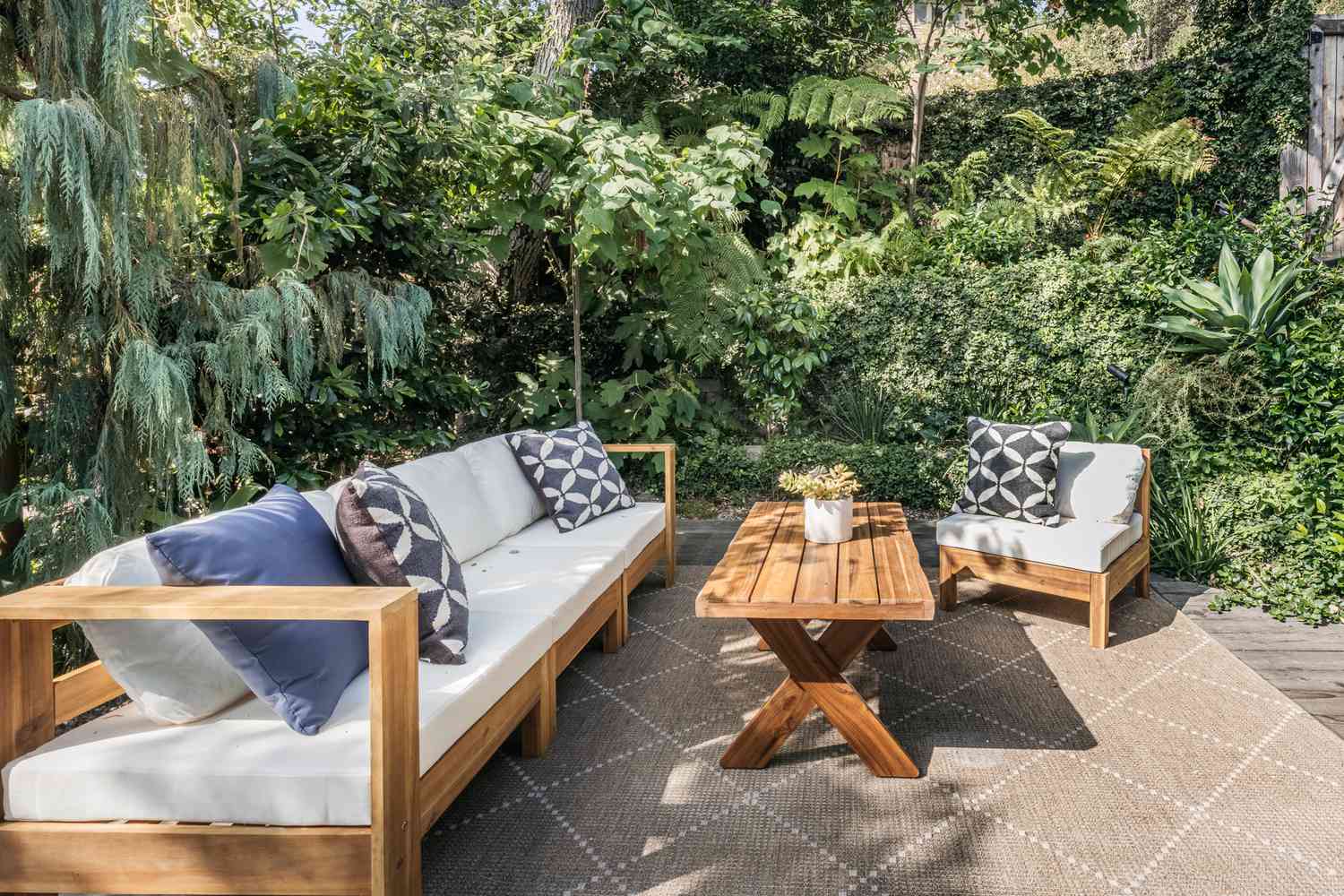
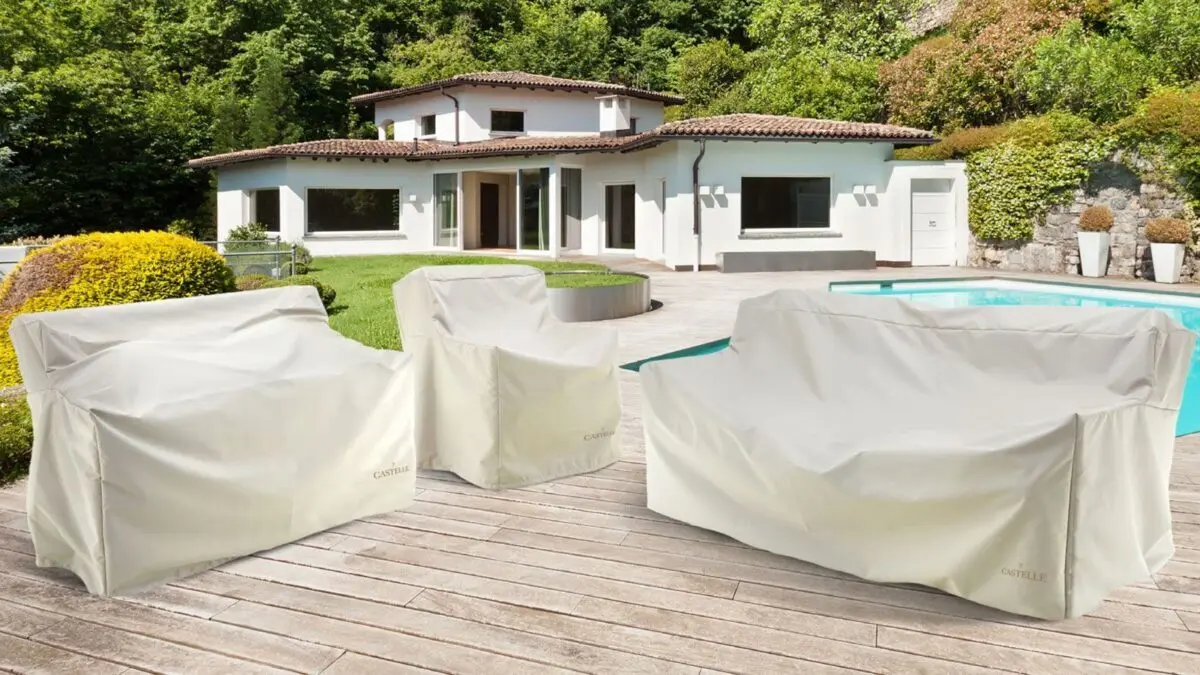
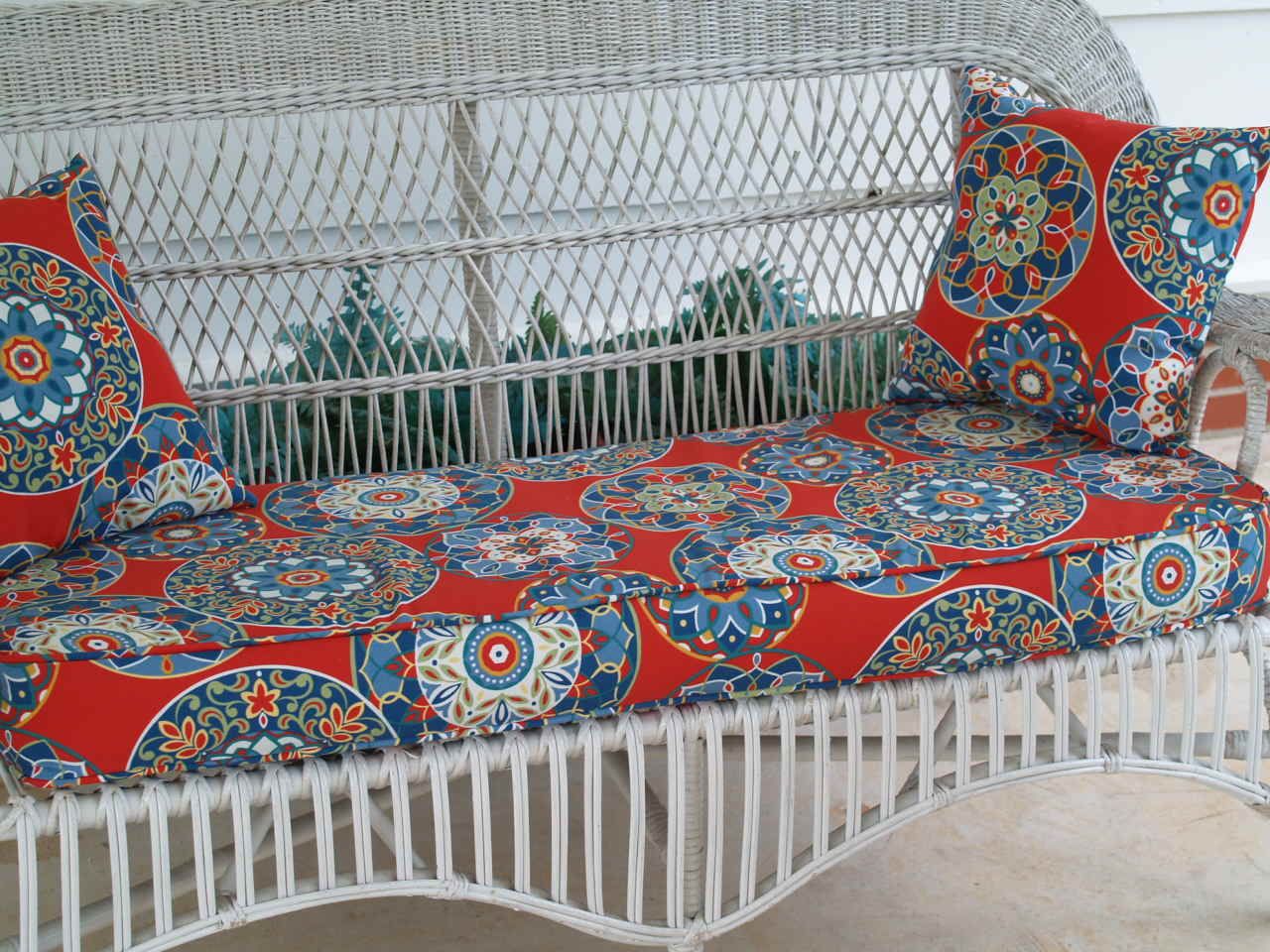
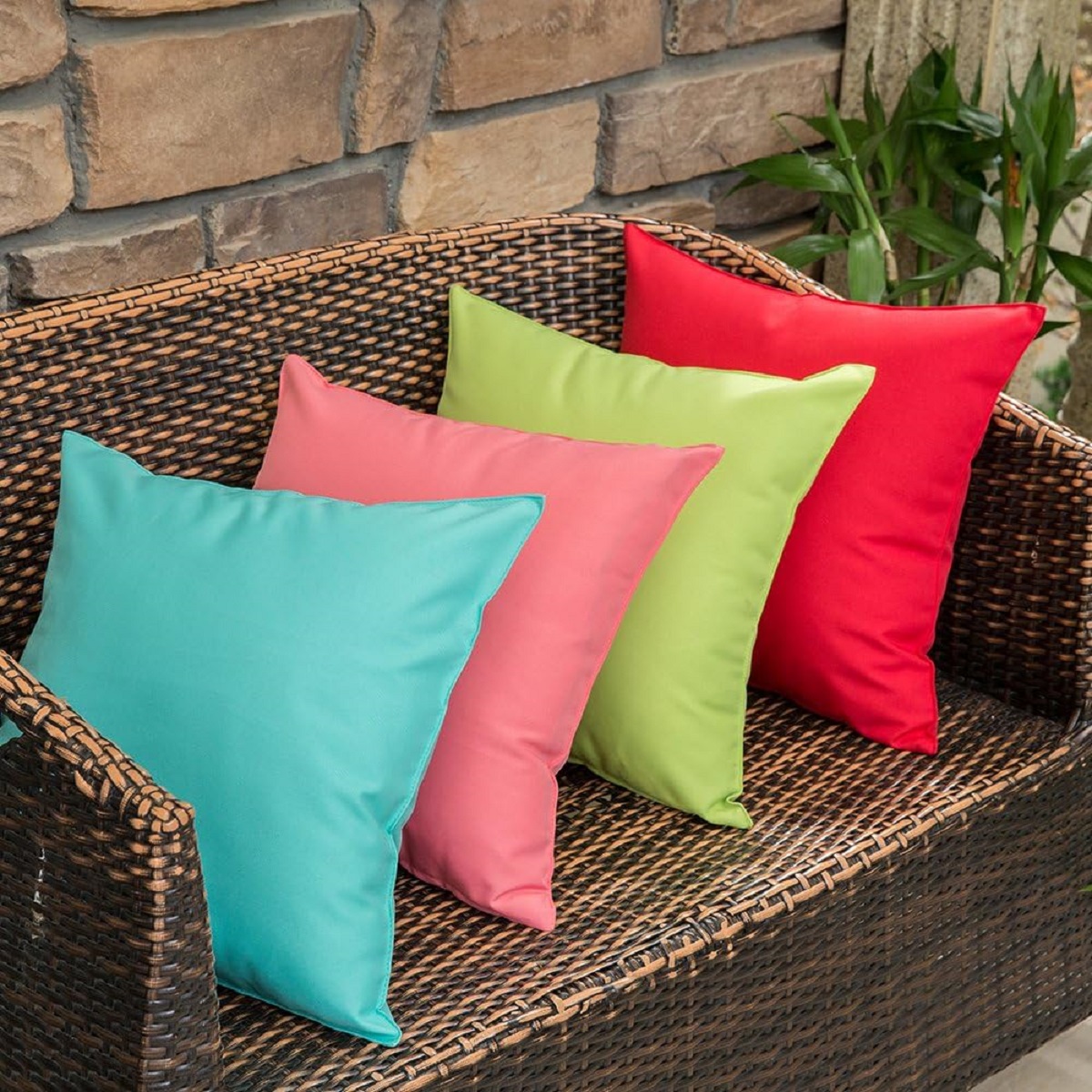
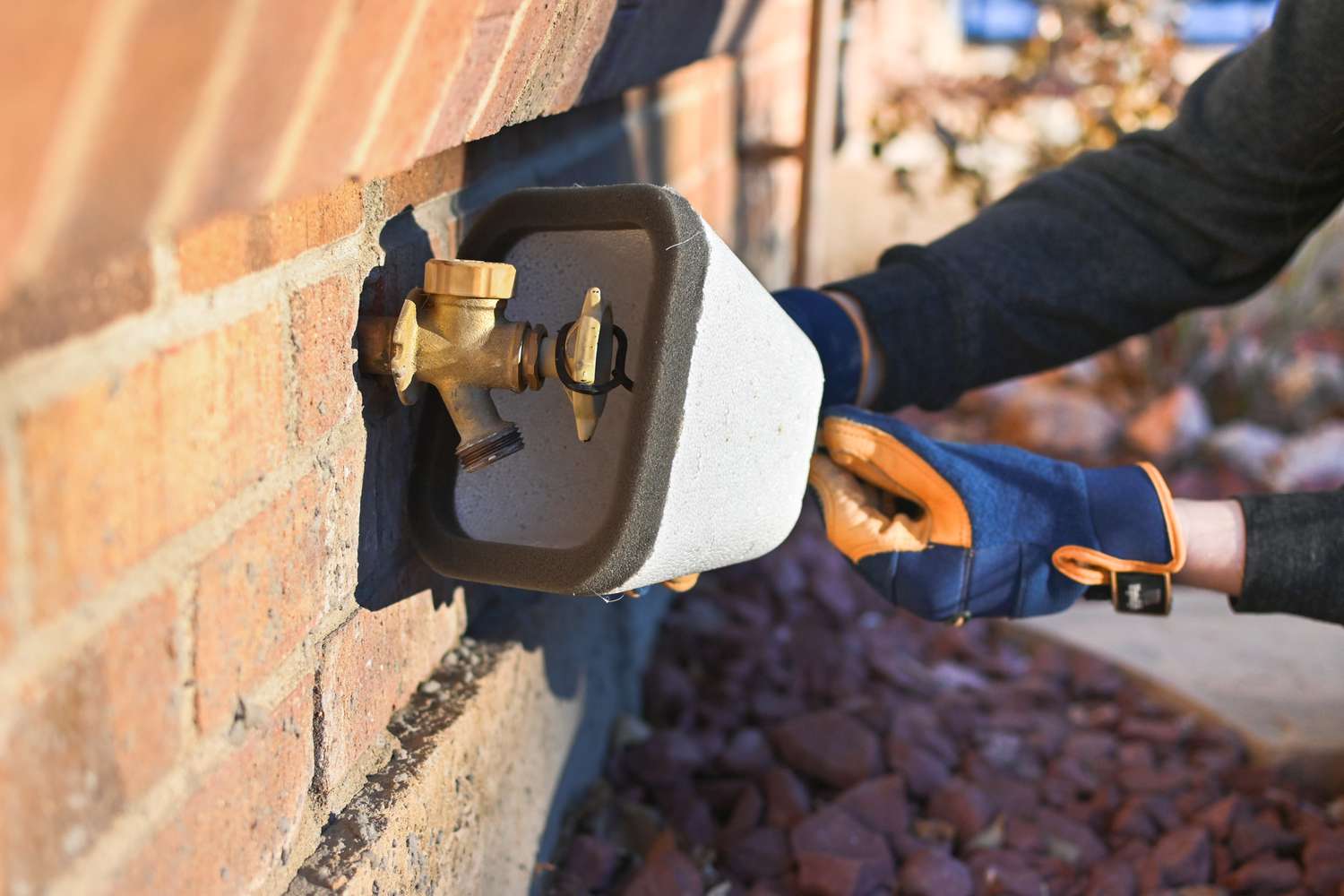
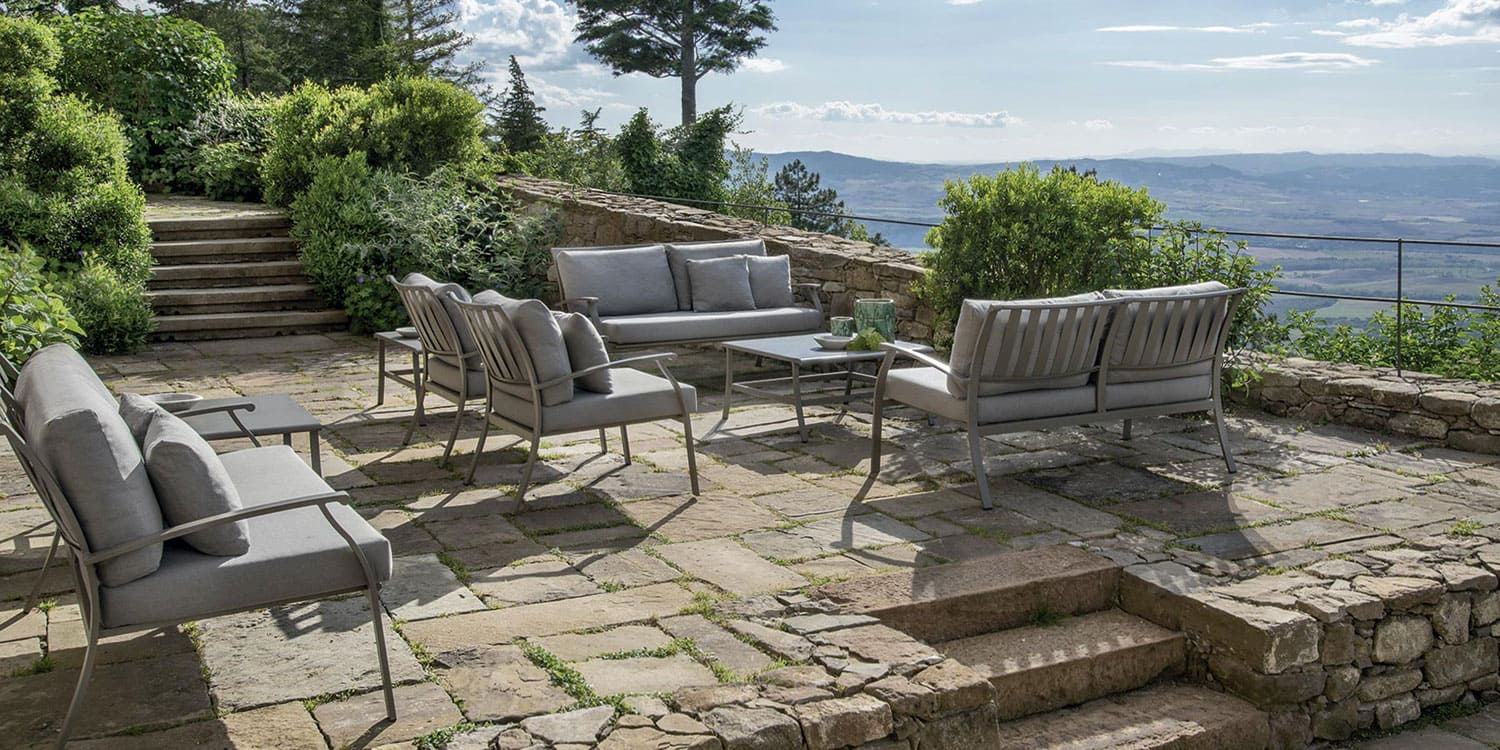
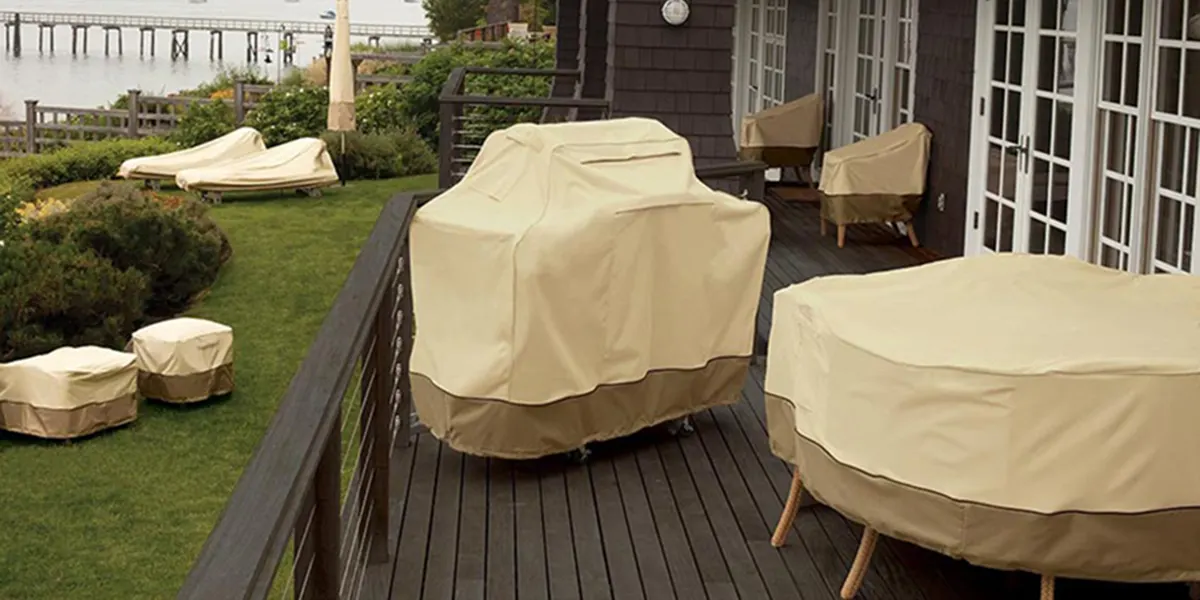
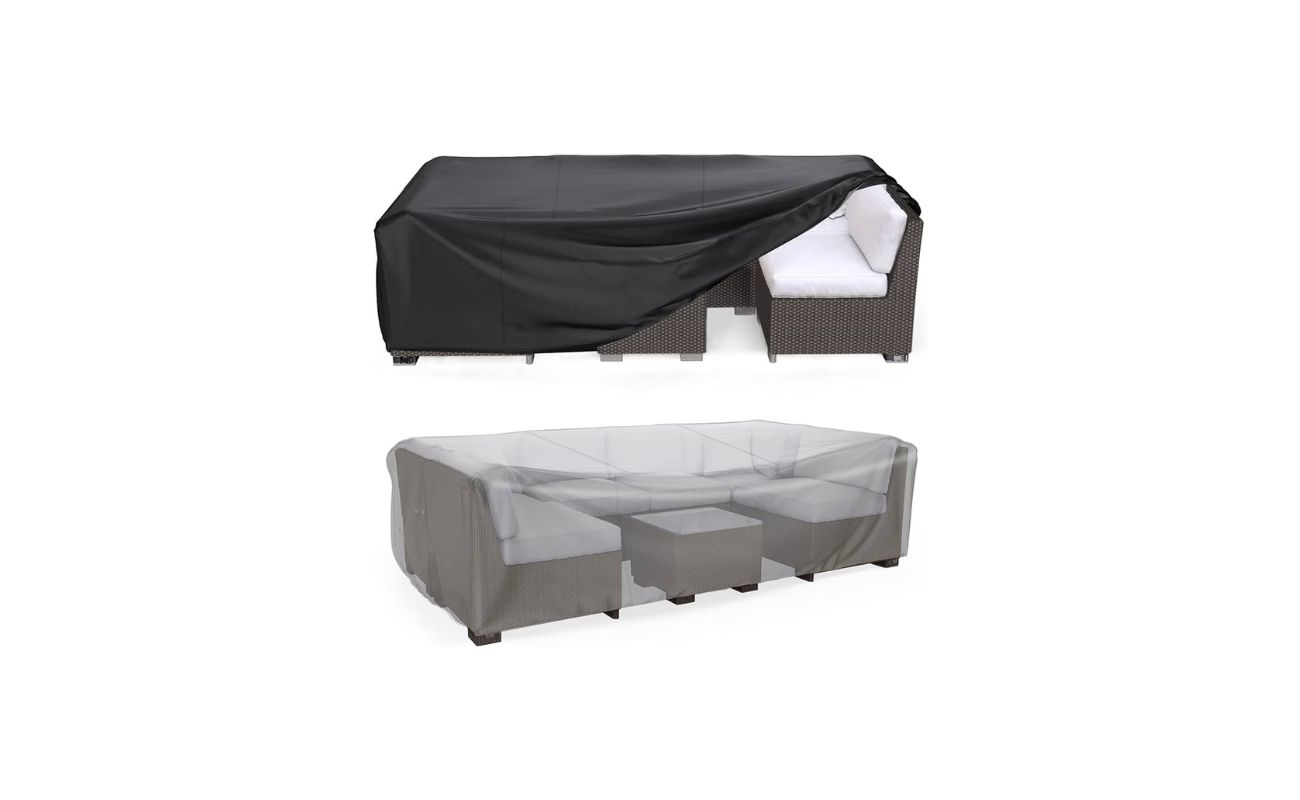

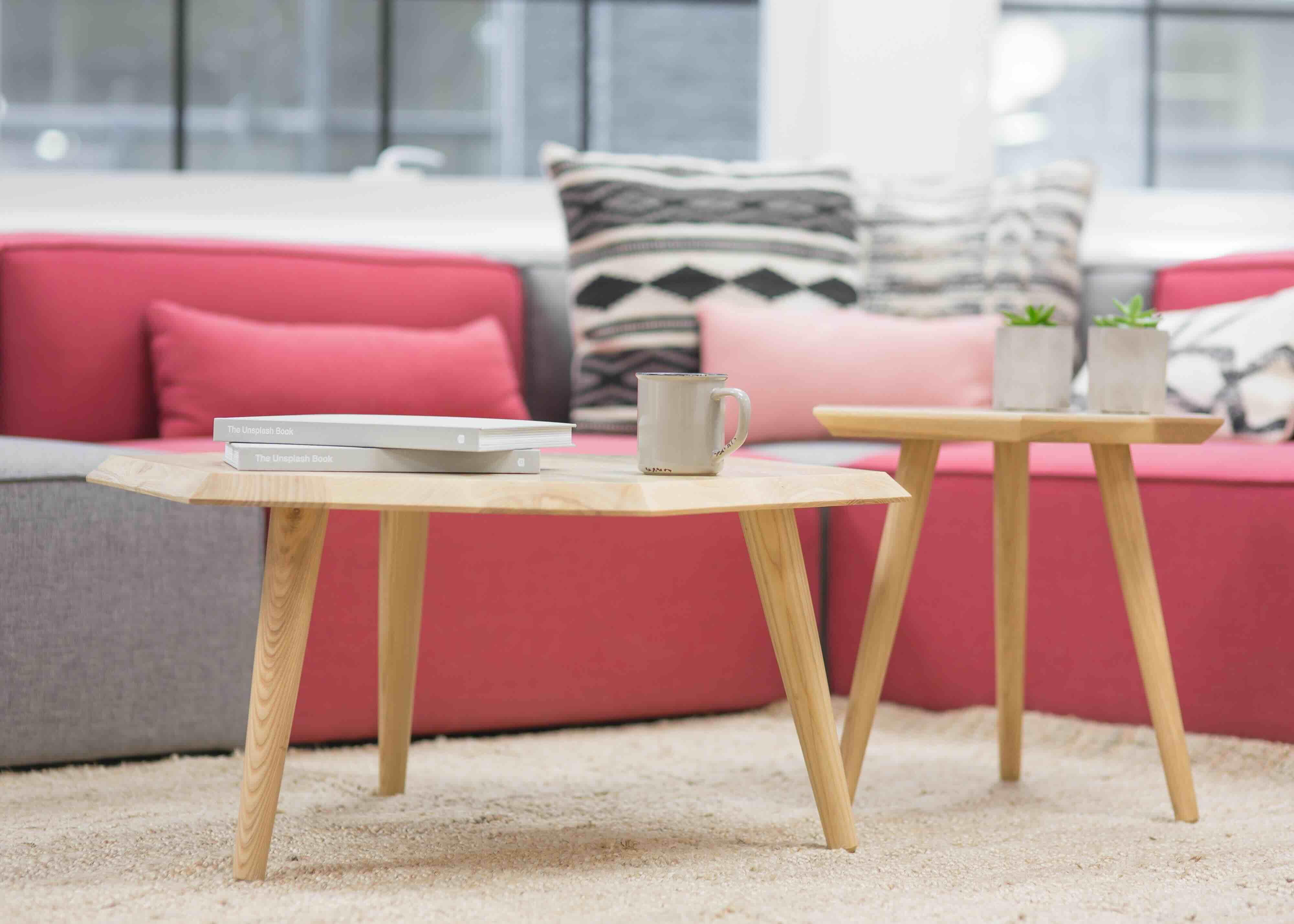
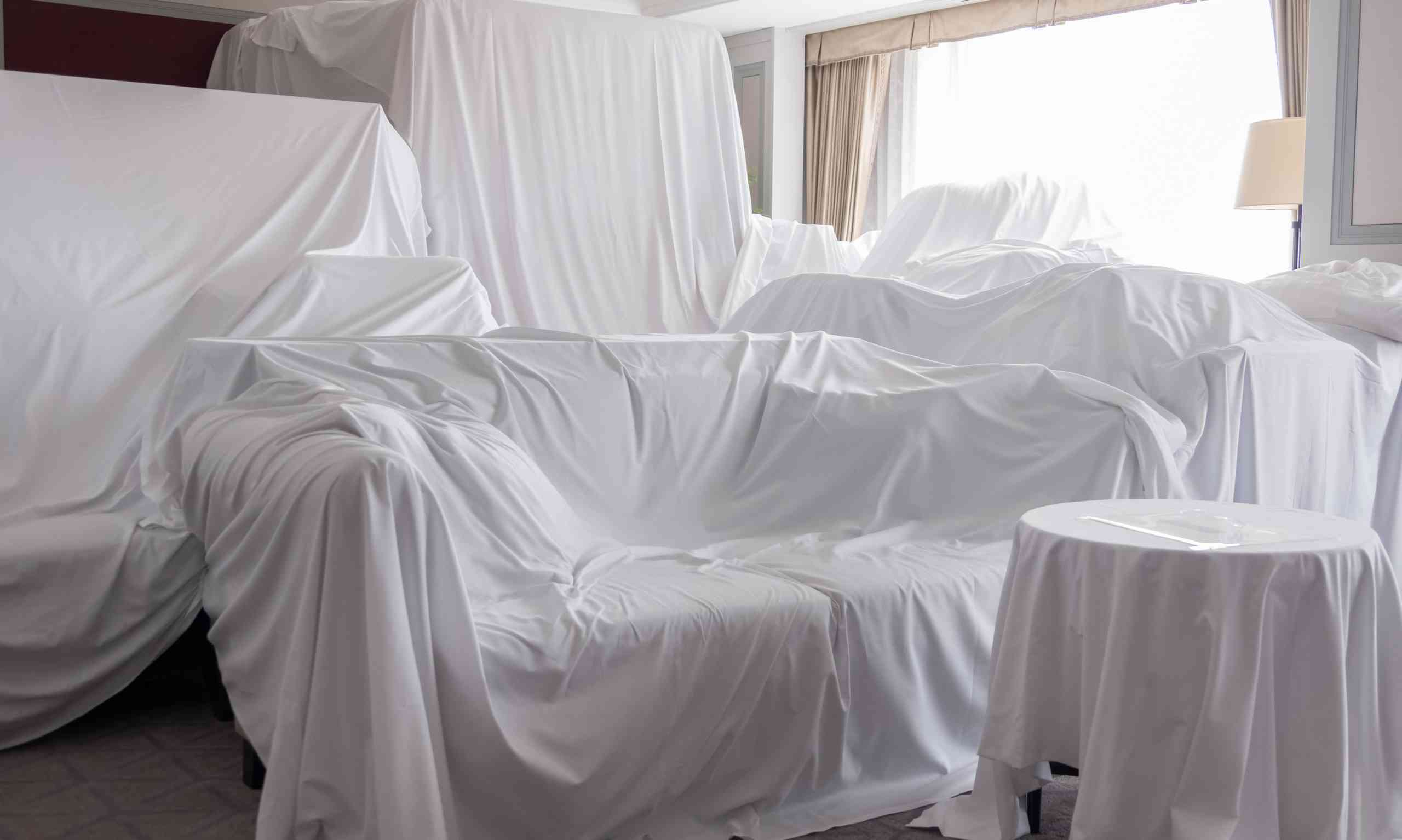
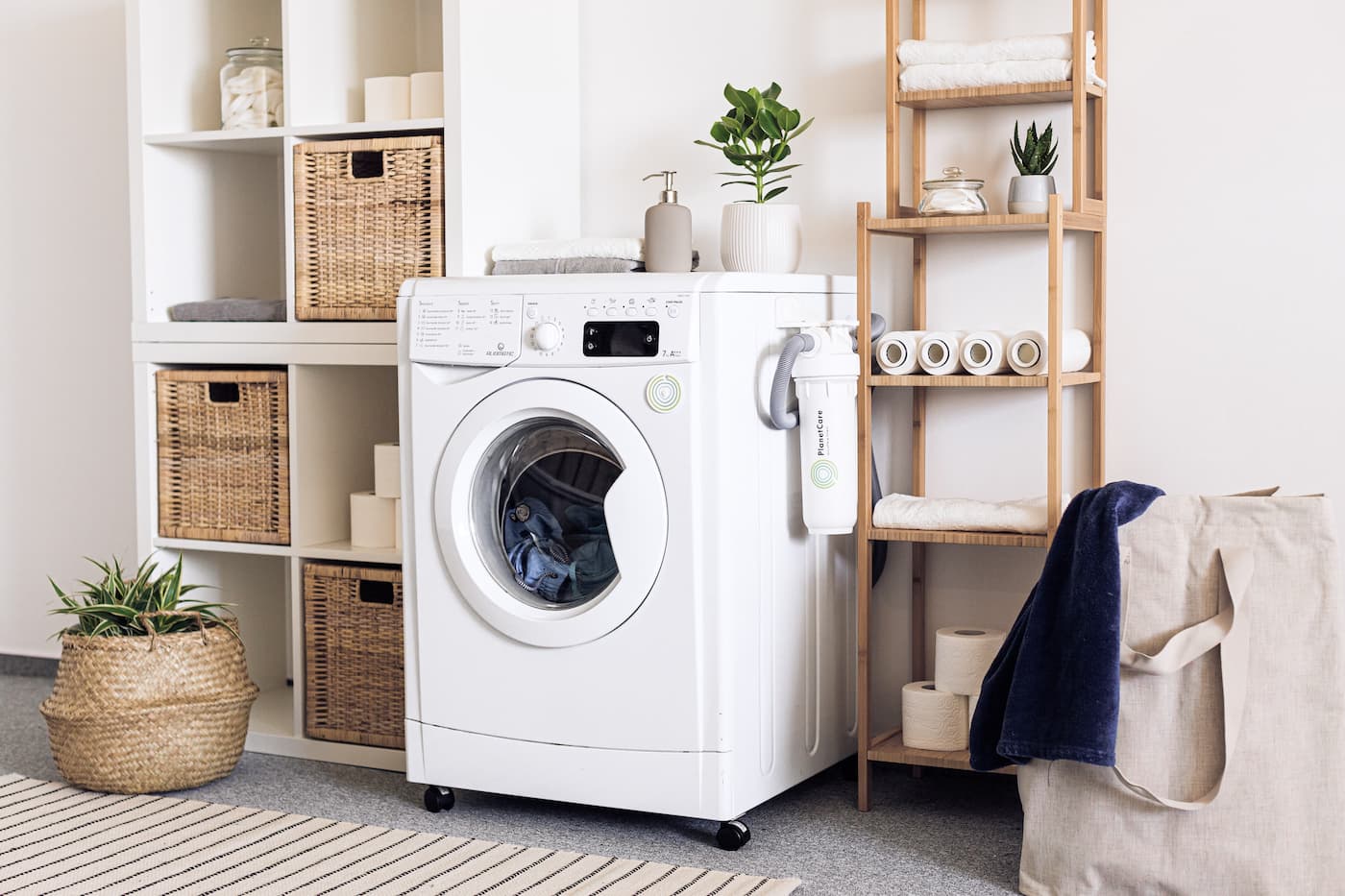
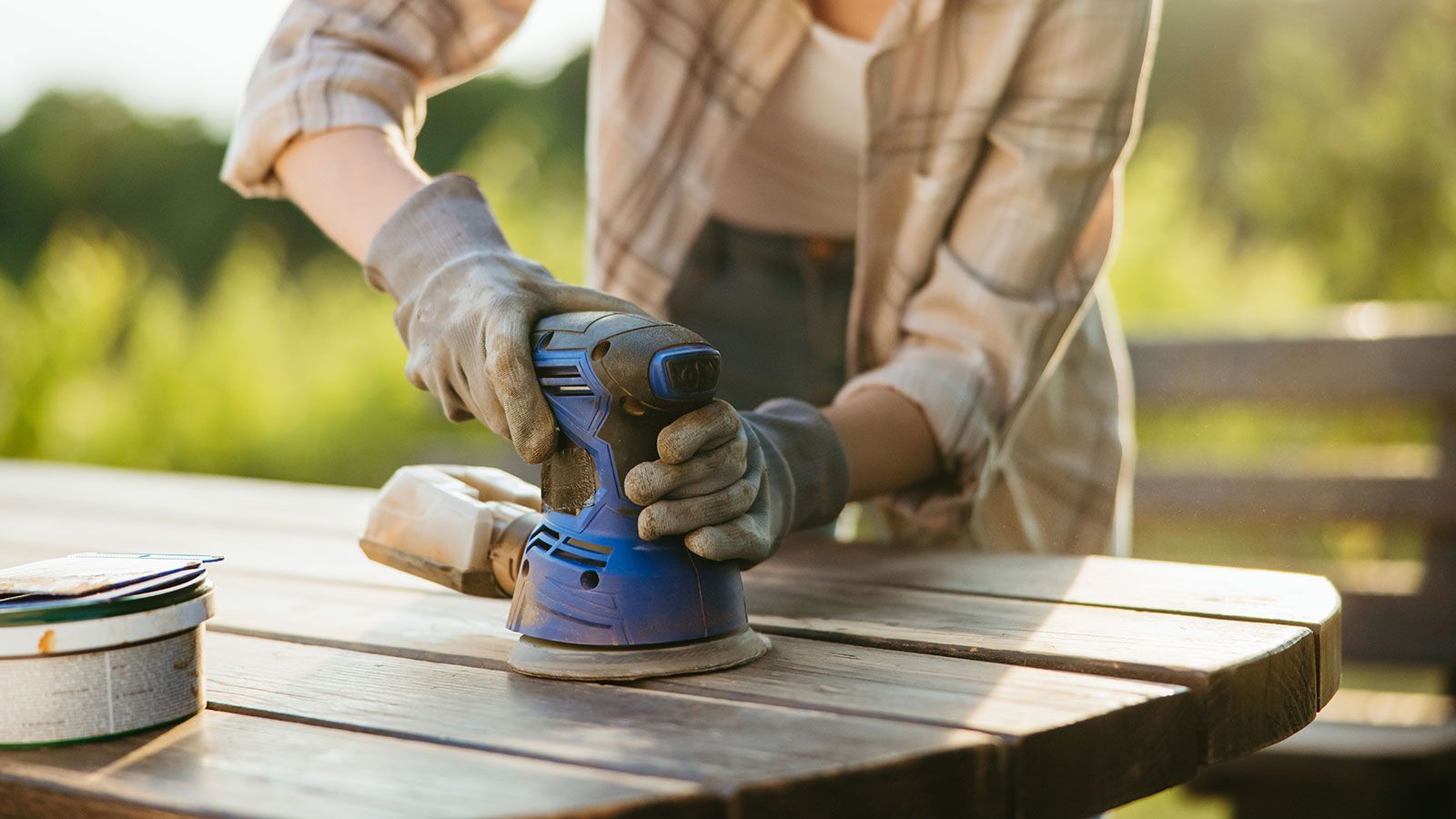
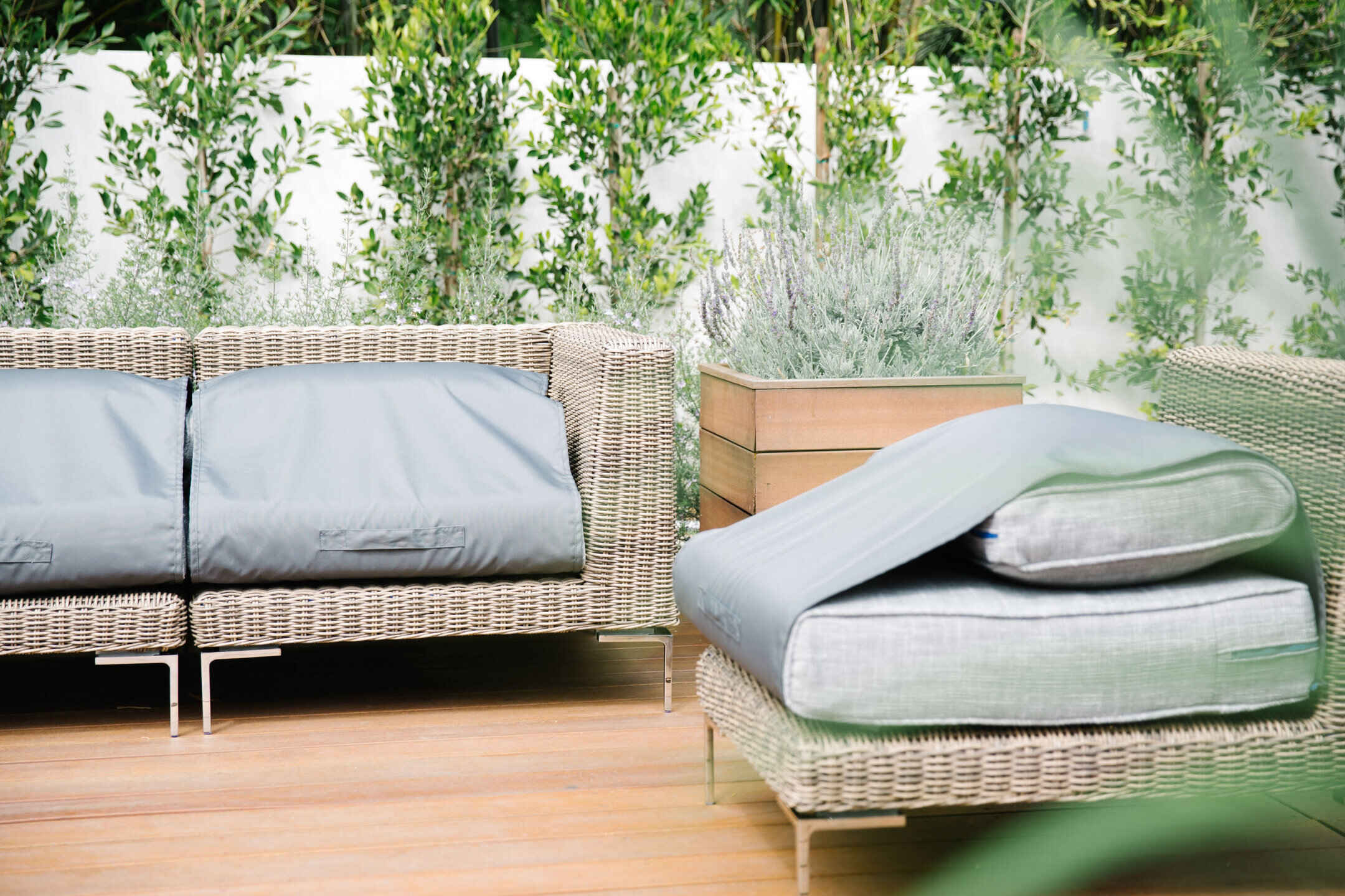

0 thoughts on “How To Make Outdoor Furniture Covers”